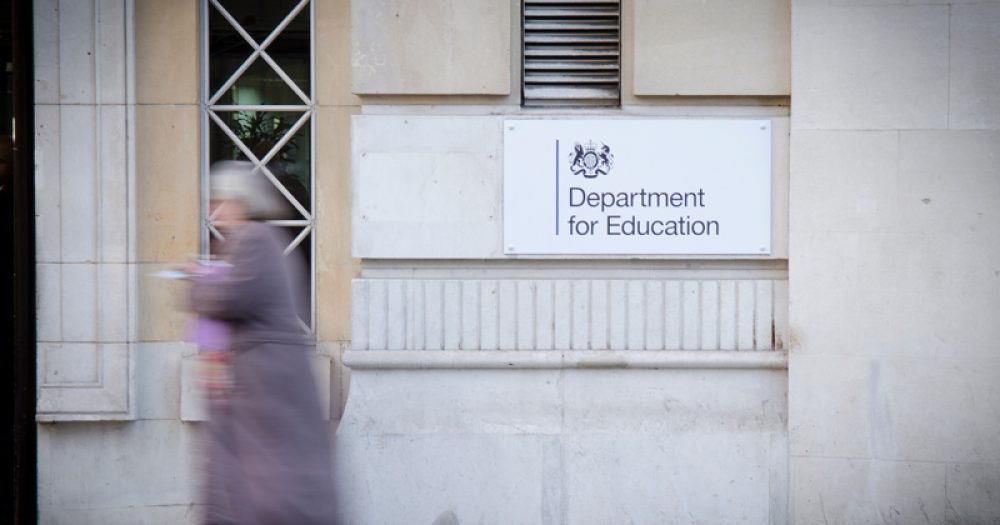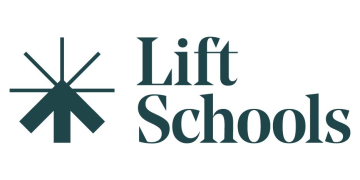The government has this evening released guidance on how it believes schools can start to reopen safely for more pupils. Our main story can be read here. Here’s the key findings from the advice on safety.
1. Still no PPE required
The guidance states that “the majority of staff in education settings will not require PPE beyond what they would normally need for their work, even if they are not always able to maintain a distance of 2 metres from others”.
The occasions where PPE is needed are for children whose care “routinely already involved the use of PPE due to intimate care needs” or if a youngster becomes unwell with coronavirus symptoms and needs “direct care until they can return home”.
A face mask should be worn by the supervising adult if a distance of two meters cannot be maintained, with gloves and an apron worn if contact is necessary.
2. Primary pupils ‘can’t be expected to remain 2 metres apart’
The guidance admits that early years and primary pupils cannot be expected to follow the social distancing rule of remaining two metres apart from each other. Therefore, schools should work through a “hierarchy of measures”, that are:
- avoiding contact with anyone with symptoms
- frequent hand cleaning and good respiratory hygiene practices
- regular cleaning of settings
- minimising contact and mixing
If schools do this, alongside regular hand cleaning, hygiene and cleaning measures, then the “risk of transmission will be lowered”, Public Health England states.
It adds that “brief, transitory contact, such as passing in a corridor, is low risk”.
3. Classes should be “split in half” – and TAs can lead them
The guidance says classes should “normally be split in half, with no more than 15 pupils per small group and one teacher (and, if needed, a teaching assistant)”.
Teaching assistants can be allocated to lead a group, working under the direction of a teacher, if there are shortages, the guidance states.
Desks should also be spaced “as far apart as possible”. The same principle of halving class sizes should apply to secondaries, too, and it is “sensible to rearrange classrooms and workshops with sitting positions 2 metres apart”.
4. Classes should be sent home for self-isolation if positive test
Pupils or teachers with symptoms will be able to get tested. Where that’s positive, guidance states “the rest of their class or group within their childcare or education setting should be sent home and advised to self-isolate for 14 days”.
“The other household members of that wider class or group do not need to self-isolate unless the child, young person or staff member they live with in that group subsequently develops symptoms.”
If other cases are detected, Public Health England’s local health protection teams will conduct a “rapid investigation” with the potential for the whole class or year group asked to self-isolate.
5. Still no guidance on travel yet …
Lots of school leaders are concerned about how pupils reliant on public transport will be able to get to school.
The guidance states schools should “consider how children and young people arrive at the education or childcare setting, and reduce any unnecessary travel on coaches, buses or public transport where possible” – but provides no details of how to do this. It adds that “guidance will shortly be published on safe travel”.
But there are some tips. Schools should encourage parents and children to work to cycle to work. Councils are also urged, where school transport is used, to cordon off seats and eliminate face-to-face seating to “help passengers spread out”, and substitute smaller vehicles with larger ones.
6. Allocate drop-off rota for parents
Under a heading of ‘how to implement protective measures’, schools are urged to “plan parents’ drop-off and pick-up protocols that minimise adult to adult contact”, and to communicate “allocated drop off and collection times and the process for doing so” to parents.
Other proposals include discussing additional cleaning with contractors, stagger assembly groups and break times, and remove “unnecessary items from classrooms and other learning environments where there is space to store it elsewhere”.
7. Assign the same teacher to each group, and clean classrooms daily
Pupils should be in the same small groups “at all times each day”, with different groups stopped from mixing. Staff should also ensure the same teachers are assigned to each group, however it adds “recognising for secondary and college settings there will be some subject specialist rotation of staff”.
The groups should use the same classroom or area throughout the day, with a “thorough cleaning of the rooms at the end of the day”. Staff may also consider “seating students at the same desk each day if they attend on consecutive days”.
8. Set up corridor dividers, and toilet limits
Other tips include considering one-way systems, or dividers down the middle of corridors to keep groups apart, as well a ensuring toilets don’t become crowded by limiting the number of pupils using them at one time.
Halls, dining areas and sports facilities used for lunch and exercise should be at “half capacity”.








Is it advised to keep doors and windows open, to maximise ventilation, as far as reasonably practicable?
Why is social distancing compromised in schools but not in other settings.
School staff, students and there families are being put at risk in the same cavalier way that care homes have been.
Wales, Scotland and Northern Ireland appear more worried about their citizens.
The guidance states that “the majority of staff in education settings will not require PPE beyond what they would normally need for their work, even if they are not always able to maintain a distance of 2 metres from others”.
Many children whilst fortunately not getting very ill with the virus are asymptomatic whilst being infected. We are also being told contrary to national guidance that the 2m rule for social distancing does not apply to teachers and students. Is the science different for teachers???
Is the Government saying that it OK for teachers to be infected as there is recourse to a test. The point is that they are already infected and could ultimately become very ill or worse. What we need is proper PPE to prevent infection in the first place. It’s like closing the stable door once the horse has bolted.
Masks are worn in classrooms in other countries. This Government does not have a clue!!
I have 25 years experience of working in a large Secondary School. These guidelines indicate the total lack of knowledge and understanding of how schools function and what they aim to achieve during an educational working day. These guidelines for protecting children in schools are not sustainable in my opinion.
In addition, I believe a parent, possibly aiming to return to work, could find these guidelines, in terms of travel to school with your child, very difficult and where there is difficulty, shortcuts can often happen reducing the impact of these guidelines.
The suggestion of Reception and Year 6 students returning to school in early June has little or no regard for safeguarding of students, parents and staff, and I would imagine therefore, that Ofsted Targets would not be achievable.
I understand the need for parents to return to work but please, not yet, not at the cost of young, possibly vulnerable children.
The transition arrangements from Primary to Secondary school can be better achieved at the beginning of the Autumn term.
The strap line for the following weeks should read:
Stay Home Keep Safe Protect Children
I am a teacher with Asthma and recovering from cancer (4 years and counting.) I work at a special sch and have constant contact with dependent pupils who have no understanding of not sneezing in someone’s face and wipe saliva on everything. They need meds, gastric feeds, toileting, physio etc which all pose a risk with coronavirus. I don’t want to pass them the illness or get it. My sch are saying no ppe required and to forget the 2m distancing as impossible. I can’t even wear a mask as it will scare the children. So I take it teachers are now just lambs to the slaughter and any deaths are collateral damage? Call me strange, but I’ve already had a brush with death and want to avoid it for now. I guess Boris and co think it’s worth the risk to restart the economy. Thanks Boris.